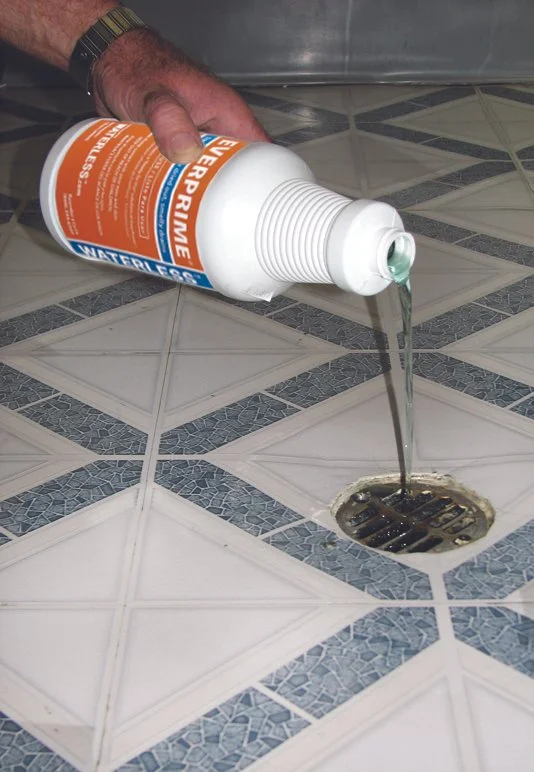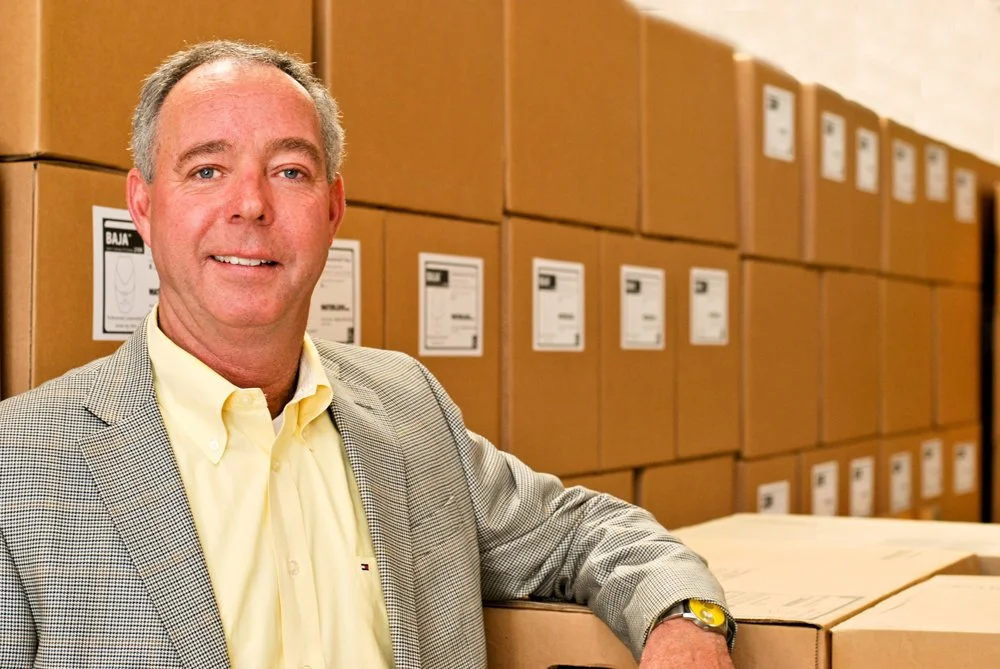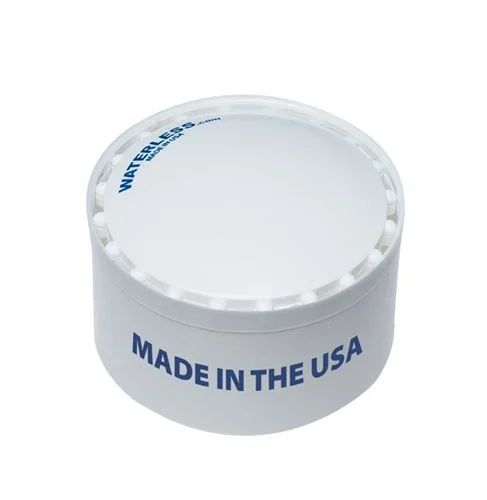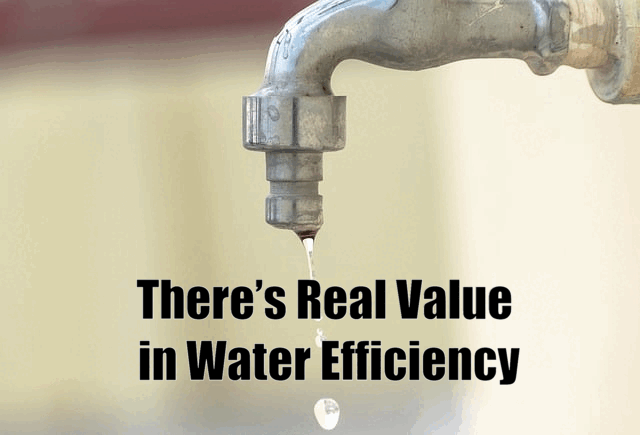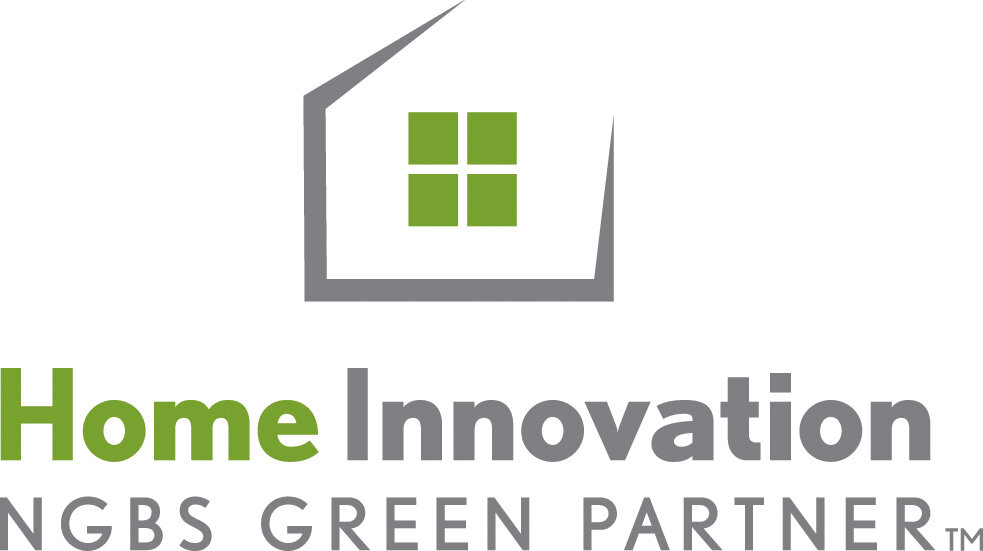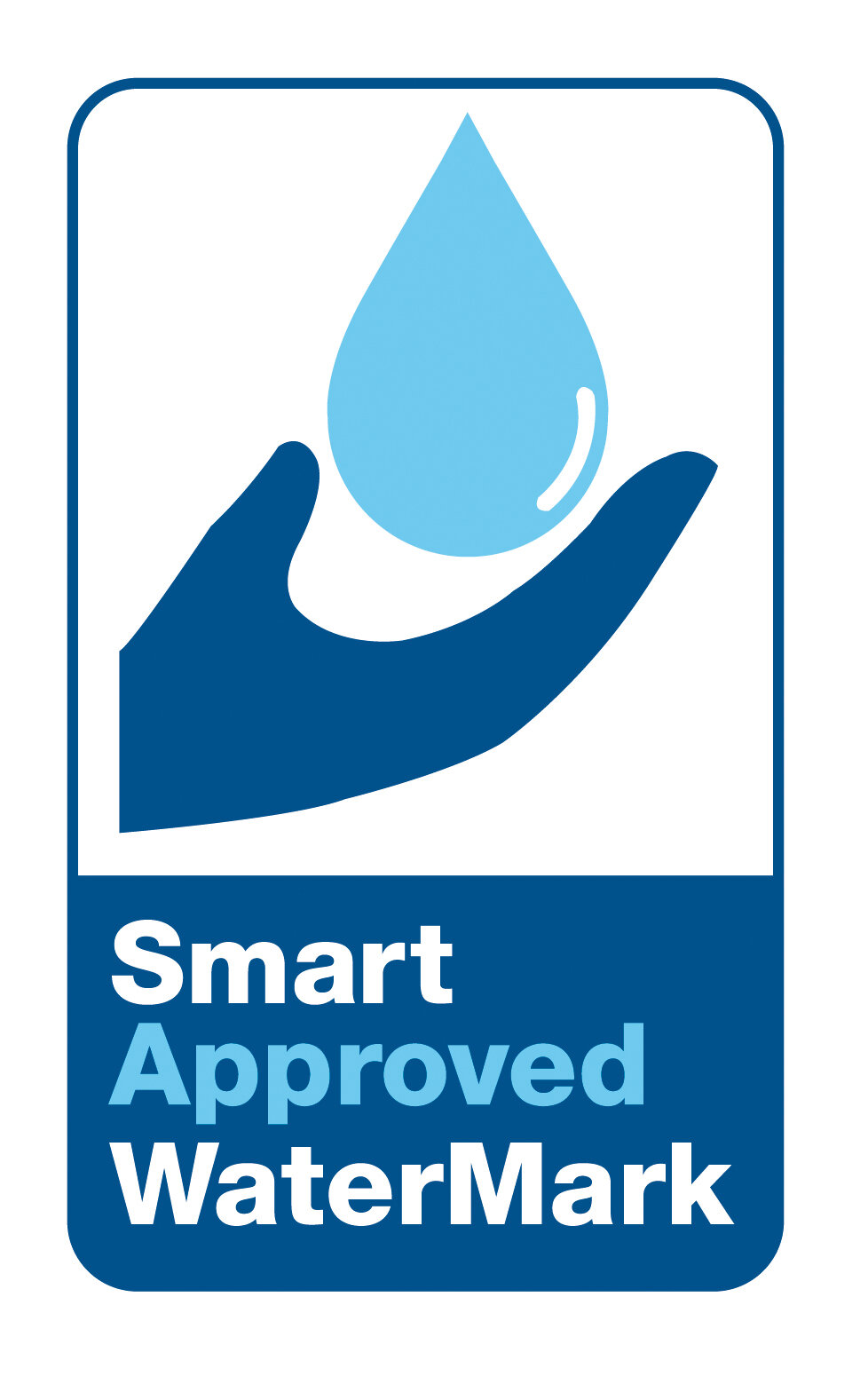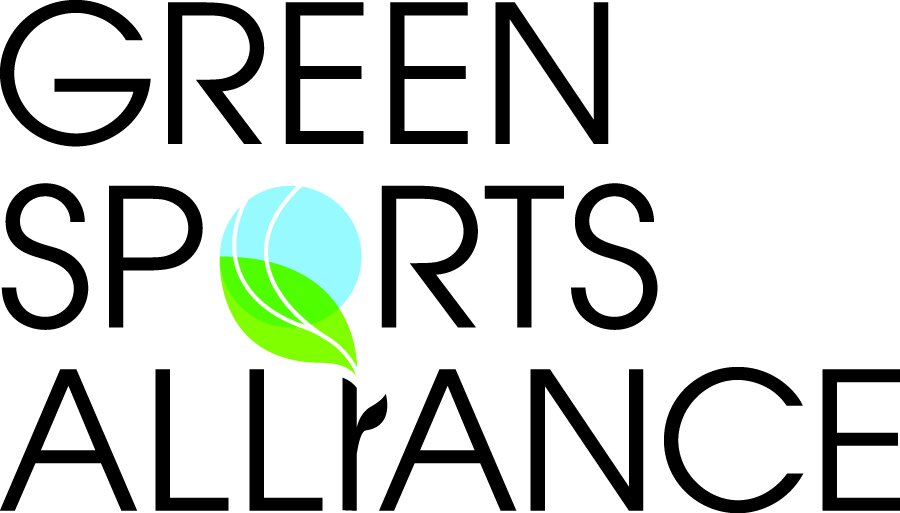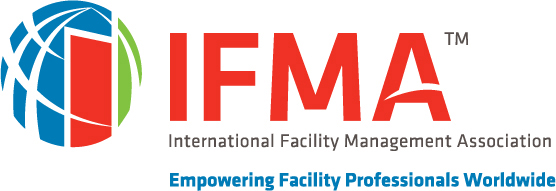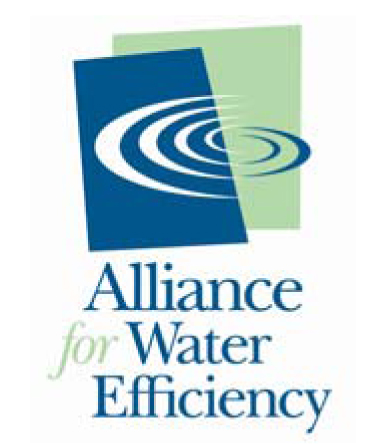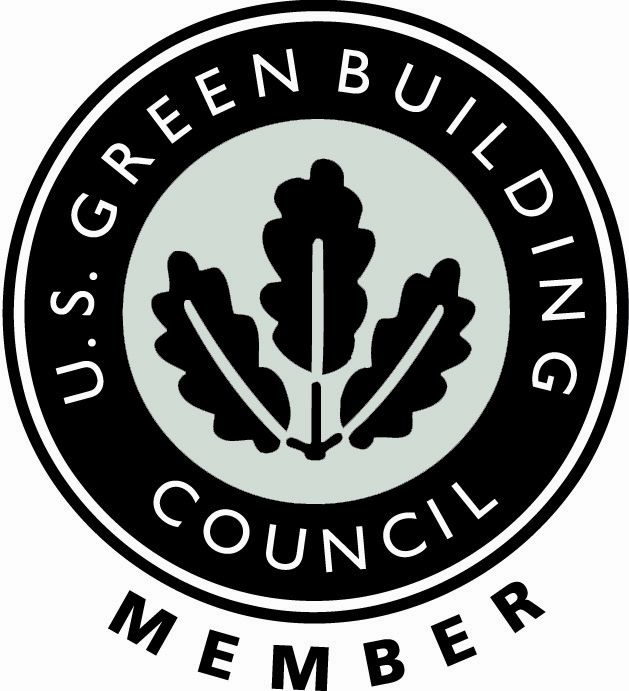Image on Pixaby by Viktor Solomonik
Vacancy rates in commercial office buildings are decreasing, though most aren't yet at pre-pandemic levels. As occupancy rises, so do operating costs, especially for water. At Waterless Co., Inc., we address common questions from facility managers about reducing water use and expenses, offering practical solutions below.
Q: How can facility managers (FMs) quickly reduce water consumption in their facilities?
A: A relatively easy first step is eliminating “water waste.” This often happens outside a facility and includes:
Allowing irrigation or leaks to let water flow off the property.
Using water unnecessarily as a cleaning agent for cleaning sidewalks or outdoor areas.
Failing to repair a malfunctioning water supply line within 48 hours.
Running sprinklers between 11 a.m. and 7 p.m., when evaporation rates are highest.
Q: Is eliminating water waste enough to significantly reduce water use?
A: No, it’s just the beginning. Long-term water reduction requires a water efficiency savings plan. The first step is knowing how much water your facility uses. Many FMs never see their water bills because they go directly to accounting departments.
These invoices should go to managers first. By tracking and analyzing past and current bills—ideally over two years—managers can identify leaks, consumption spikes, and establish benchmarks for setting reduction goals.
Q: What is a reasonable water-reduction goal for a facility?
A: A practical target is to reduce water consumption by 5% in one year. However, once a facility begins the process and see cost savings, reductions of 10% to 15% are often achievable.
Q: What strategies can help achieve deeper water savings?
A: Facility managers can:
Reduce water pressure: Many large buildings use “water boosters,” which are often set too high, leading to waste. Adjusting them delivers only the water needed.
Manage cooling tower evaporation: Cooling towers constantly lose water. A solution is to use recycled or “gray” water for non-potable needs. Some utilities now support this.
Upgrade restroom fixtures: Replace older toilets and urinals, which may no longer meet efficiency standards. Modern toilets use as little as 1.28 gallons per flush. In some regions, waterless urinals are now required for a very simple reason: they save up to 35,000 gallons of water annually per unit.
Q: Should FMs go beyond current water-use guidelines?
A: Yes. Many guidelines date back to the early 1990s. Today’s technology allows for far greater efficiency than the federal minimums. Where possible, select fixtures that surpass current water use standards.
Q: Beyond technology and equipment, what else can FMs do?
A: Education and messaging are critical. Facility users should be encouraged to conserve water and use it responsibly. Posting posters and messages in restrooms and kitchens is the easiest way to accomplish this.
The steps discussed here should be followed even when considerable rainfall has eased water concerns. The truth of the matter is that water must be managed from a long-term perspective. Protecting and wisely using this vital resource should always remain a top priority.
-Klaus



